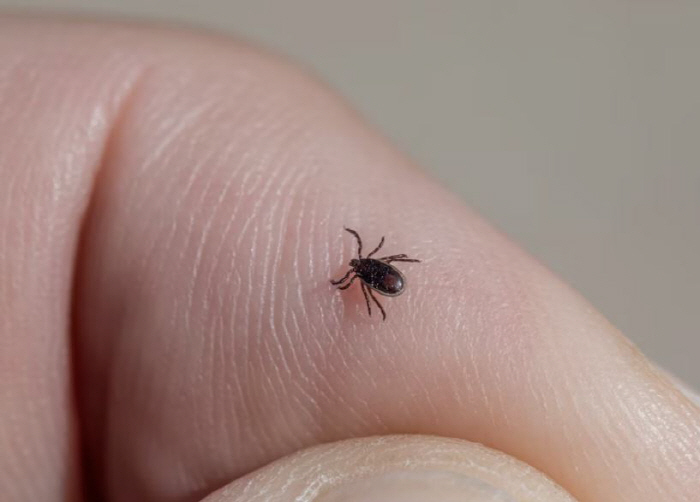Cold symptoms after farming, camping, and hiking? Mite-borne infectious diseases are also suspected
Nov 13, 2025
|
Tsutsugamushi is a disease caused by the bite of larvae of hairy mites with bacteria called Orientia tsutsugamushi.
Fur mites appear from the end of September after hatching in early autumn, and increase rapidly after mid-October, a cool early autumn weather of 10 to 20°C. According to the Korea Centers for Disease Control and Prevention, there are around 6,000 patients with tsutsugamushi in Korea every year, and it occurs intensively in the fall. When infected, symptoms such as chills, fever, and headache appear after an incubation period of 1 to 3 weeks and are often accompanied by high fever, making it easy to mistake it as a cold symptom during the change of seasons. Early diagnosis is very important because early antibiotic treatment can lead to severe complications such as pneumonia, meningitis, and renal failure, although early recovery is possible.
Severe fever with thrombocytopenia syndrome (SFTS) is a viral disease caused by the bite of a small Sophie Mite carrying the SFTS virus, and symptoms such as high fever and vomiting appear. According to the Korea Centers for Disease Control and Prevention, about 200 SFTS patients are reported every year, especially in October. The fatality rate is about 18.5%, which is one of the highest among transmitted infectious diseases, but prevention is the best defense measure because there are no vaccines or treatments so far.
The best way to prevent tick-borne infectious diseases is not to be bitten by ticks. During outdoor activities or agricultural work, it is recommended to minimize skin exposure by wearing long sleeves, long pants, and socks, and to use tick repellents. In addition, you should avoid sitting or lying on the grass right away, and take an immediate shower and wash your clothes after outdoor activities. In particular, it is recommended to refrain from visiting areas with frequent tick habitat as much as possible.
If you have been bitten by a tick, you should never force it off or pull it by hand. It is recommended to visit the hospital and remove some of the ticks because they may remain on the skin.
Yoon Young-kyung, a professor of infectious diseases at Korea University's Anam Hospital, said, `Mite-mediated infectious diseases often miss treatment because they have similar symptoms to colds.' `It is important to visit a medical institution immediately for treatment if symptoms such as vomiting, diarrhea, headaches, and high fever develop within one to three weeks of outdoor activities.'
Professor Yoon said "Recent climate change has led to a growing risk of infection as ticks continue to operate longer and longer"It is important to remember that the prevention rules are the most obvious vaccines."," he added.
|
This article was translated by Naver AI translator.















